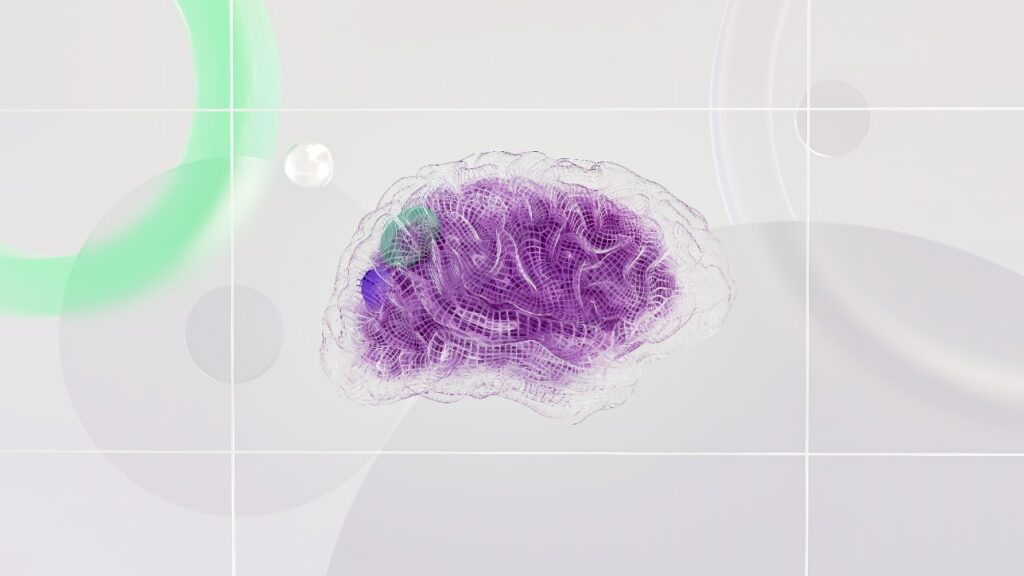For a number of reasons, microfossil analysis has always been a challenging endeavor. But because they aid in the mapping of subsurface structures and shed light on earlier geological periods, researching them is essential.
To get precise data, geologists now have to hand count microfossils that have been taken from sedimentary rock beneath the seafloor. This process takes a lot of time.
However, an innovative approach to this problem has surfaced, owing to developments in artificial intelligence (AI). Scientists have used artificial intelligence (AI) tools to examine microfossils straight from microscope pictures.
Notably, there are many difficulties when using computer vision for microfossil analysis. With an estimated 3 billion distinct fossils to examine, the sheer amount of data can be debilitating. The task is further complicated by the extreme shortage of labeled data needed to train machine learning algorithms.
Improved microfossil analysis and detection thanks to advanced AI technique
Recently, an enhanced technique for autonomous microfossil recognition and analysis was introduced in a work published in the journal Artificial Intelligence in Geosciences. Members of the University of Tromso’s (UiT) Arctic University of Norway machine learning group made up the research team.
A method for collecting fossil information from microscope slide images has been devised. They discovered that feature extraction using self-supervision is feasible and that deep learning techniques perform better than conventional image processing techniques.
Furthermore, models that were specially trained on microfossils outperformed baseline benchmark models.
Deep Learning models tackle categorization problems in microfossil image analysis.
The researchers observed that utilizing automatic algorithms to identify or group photographs based on content is a difficult undertaking. There can be difficulties with even seemingly straightforward image categorization assignments with clearly defined subjects.
Furthermore, extraneous data is frequently stored in the pixels surrounding the item of interest in photographs. Deep learning models have shown to be quite successful in each of these situations.
Deep learning techniques are excellent at simulating intricate relationships in data. Convolutional neural networks (CNNs) are meant to extract meaningful information from images in order to produce reliable results.
With studies showing good results on classifying labeled image data, such as natural photos, CNNs have seen significant evolution over the previous ten to fifteen years, and until recently, they were the state-of-the-art in image modeling, according to the researchers.
They clarified that, in addition to CNNs, another potent contender for image classification is vision transformers (ViTs), which were influenced by large language models.
These days, picture categorization is frequently done using both CNNs and ViTs; there is no apparent winner or optimal architecture for this task. Therefore, testing and comparing both architectures is standard, and that is what we do in this case.
The study’s findings demonstrate how useful AI is for analyzing microfossils.
The study’s conclusions show that getting self-supervised training is the most promising strategy for further study. The researchers stressed how artificial intelligence (AI) greatly facilitates the automatic identification and discovery of fossils.
They used AI in their study to find fossils and got the desired outcomes. They were able to effectively extract features for tasks like detecting, classifying, and counting microfossils by employing cutting-edge deep learning techniques.
The study indicated that self-supervised training of deep learning models on microfossils leads in a significant improvement compared to current benchmark models, based on the results we receive on a labeled dataset.
The researchers claim that this method can be used in other situations where a variety of patterns or shapes need to be extracted and identified from big photographs, including when examining foraminifera and other microfossils in geological records.
The group is confident that the geology community will profit immensely from their efforts in both academia and industry.








